This Dad's Home-Office Workout Hack Is Genius
[ad_1]
Men’s Journal aims to feature only the best products and services. We update when possible, but deals expire and prices can change. If you buy something via one of our links, we may earn a commission. Questions? Reach us at [email protected].
Max Valverde is a devoted dad with a full-time job—and he’s still found time to train for Olympic-level ski mountaineering. But the 39-year old isn’t a super athlete: Just a few years ago, he was nowhere near pro-level fitness.
“I pulled my back picking up an empty recycling bin,” Valverde says. “I was overweight. Not like orca fat, but not healthy.”
Then, Valverde found what he calls a “cheat code” to keep him in shape and help him train during the work day: an under-desk incline treadmill. “I completely forget that I’m doing it, and I’m logging insane hours of training,” he says. Now, he’s an honest-to-goodness pro athlete, sponsored by the outdoor gear brand Backcountry.
Let’s be clear: Valverde isn’t cheating by any means. He’s harnessing the power of low-intensity, high-volume aerobic training—known as Zone 2 training—to unlock a new level of fitness. Here’s how the Park City, Utah-based pro uses his under-desk treadmill to achieve his big goals, and his tips for regular guys to change themselves from mere mortals into mega-fit desk dads.
How Zone 2 Training Can Take You From Chubby Dad to Athlete
Walking on an incline treadmill might not seem like “training,” but it’s exactly the kind of exercise that turned Valverde from a slightly overweight thirty-something into a competitive athlete. In 2021, Valverde left his job as CEO of booking and business management software company FareHarbor and decided to take some time off—well, time off from working, anyway.
Over the following year, he trained daily with his eye on making the U.S. team in ski mountaineering, which will make its Olympic debut in 2026. In this event, also called “skimo,” athletes climb a mountain while wearing skis equipped with grippy skins, then rip them off and ski down the mountain.
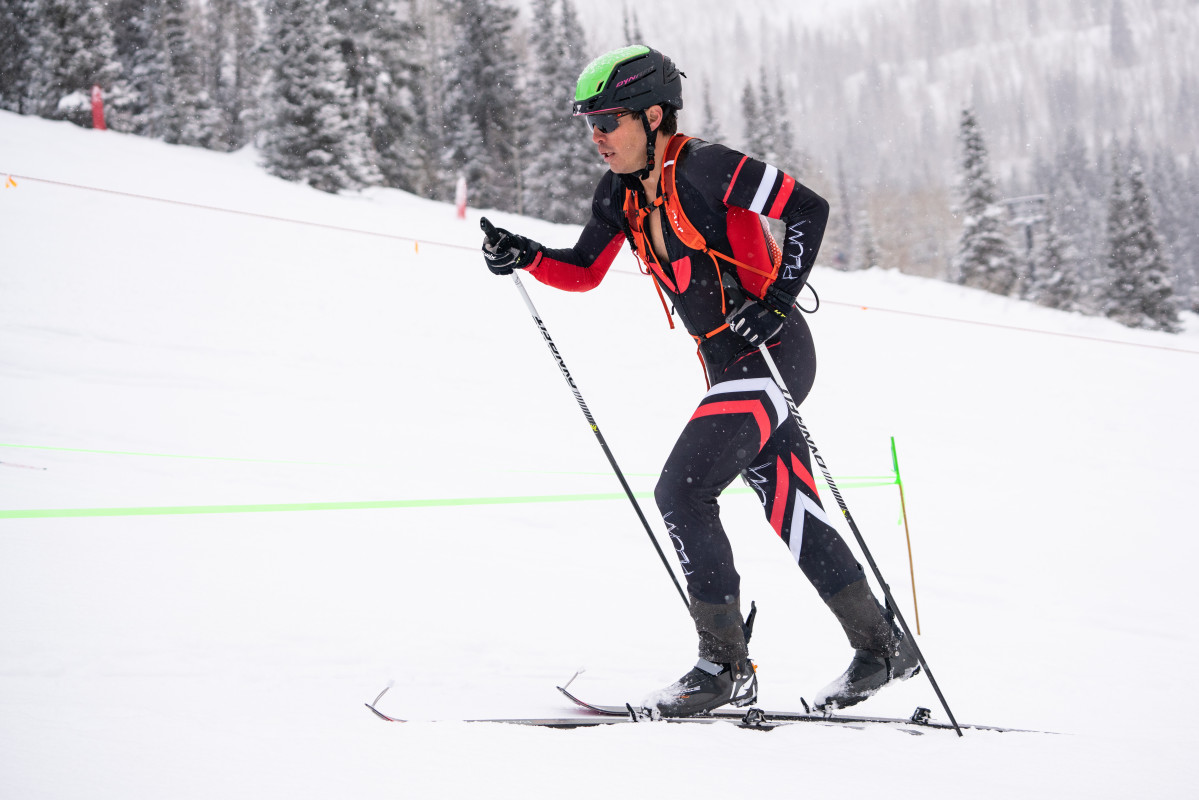
Courtesy of Max Valverde
Inspired by body-transformation documentaries like Super Size Me and lifestyle-change comedies like Trading Places, Valverde asked: With the right regimen, could anyone become a high-level athlete?
So he started training in a whole new way. Not with the intense exercise he’d learned as a high school football player and Brown University rugby athlete, but with slow, steady Zone 2 exercise.
Zone 2 work is low heart rate training, encompassing activities like light jogs, brisk walks, or long hikes, says Valverde. “I used to mountain bike one or two days per week for 35 minutes, all-out,” he says. “Now I pretty much do four hours per day of cardio, five days per week.”
Four hours of work per day sounds like a lot, but Zone 2 is decidedly tame. While its more intense than Zone 1, in which your heart’s barely working at all, it’s nowhere near Zone 3 exercise, which leaves you breathless. It’s a goldilocks zone, in which you work out at 60 to 70 percent of your max heart rate. To tell if you’re in Zone 2, try the “talk test:” If you can say a 15-word sentence without needing to take a breath, you’re within Zone 2. The pace is below your ventilatory threshold, or VT1, the tipping point where your body switches from using fat as its main fuel source to carbohydrates.
Related: How to Improve VO2 Max: The Only 2 Workouts You Need
A 2014 study published in Frontiers in Physiology discovered that Zone 2 is better than high-intensity exercise at building more VO2 max, which is a measurement of the maximum amount of oxygen your body can use at once—a key physiological factor in endurance sports. And a 2022 study published in PLOS ONE showed that Zone 2 also helps with recovery. Korean professional soccer players added three hours of Zone 2 training per week, which improved their ability to recover from sprints during game situations.
Valverde raves about the recovery aspect in particular: “I can do the same 30-minute mountain bike sprint that I used to, but I’m completely back to baseline 30 seconds later,” he says. “I feel like a high schooler again.”
He may feel like a high school athlete, but he moves like a professional. After just a year and a half of base building—and some strategic speedwork before competition—Valverde entered the 2023 USA Skimo National Championships. At 39, he finished 12th.
Walking on the Treadmill During Work Days
When Valverde wasn’t working a 9-to-5, training for four hours every weekday wasn’t just easy—it was fun. After his kids went to school, he’d hop on his bike for long, slow rides or go for hikes near his home.
But in April, he started full-time work again and experienced the same problem every working dad does: no free time. Valverde was not only launching a new software company but also working on a new parenting podcast called Milkless. Add in the responsibilities of being a husband and father of three, and those four hours of training time were harder to come by.
Enter the treadmill desk. Valverde combined a UREVO under-desk incline treadmill with an adjustable-height standing desk, and started walking. A flat treadmill doesn’t provide enough intensity to reach Zone 2, but once he cranks the UREVO up to nine to 10 percent incline at a speed of two to three miles per hour, he logs long four-hour workouts during the work day—even while on video calls.
“I’ll get on and people will ask, ‘What the hell are you doing?’ I’ll say, ‘I’m on the treadmill. Is this distracting?’ They’ll say no—so it’s camera on, baby,” Valverde says. “And this is where I think people across the country—across the world—could get in insane shape without even realizing it.”
Related: Home Office Essentials to Turbocharge Your Work Day
How to Start an Under-desk Treadmill Workout Routine
1. Don’t break the bank.
You don’t need a top-of-the-line treadmill or space-aged standing desk to get started.
Valverde recommends choosing one that looks sturdy and has good reviews. While he likes his UREVO’s built-in incline, such models cost more than flat treadmills, which go for as little as $180. You can then prop it up on wood blocks to increase the incline, says Valverde. As for standing desks, a no-frills model starts at $120. Add that up, and you’ve got a fat-burning work station for $400.
For a free option, Valverde suggests starting outside. If you’ve got audio-only meetings, try taking them while walking. Mute your mic until it’s your turn to speak, then stop, unmute, and make your points.
2. Start with six to eight hours per week.
While Valverde is notching four-plus hours per day now, he built up to that over more than a year. American sports culture—especially the kind we grew up with in school, Valverde says—tells us to push harder and faster, constantly. But even while training at low intensity, lots of volume can still lead to injuries. Therefore, he recommends starting with an hour or an hour and a half per day.
“[You need to have] the discipline to go around the block for an hour or hour and a half and say, ‘I’m never going to be out of breath. But I’m never going to stop.’ You’ll feel good. You’ll feel happy. And you can do it again tomorrow,” he says.
3. If your feet or knees hurt, stop for the day.
Daily Zone 2 training is playing the long game, Valverde says, so you want to stay healthy for an extended period of time. If you feel pain or discomfort in your knees or feet, listen to your body—not your inner high school football coach.
“Even with easy walking, after two hours, your feet are going to hurt,” he says. “I’d get that twinge back in my high school days, and it was ‘suck it up, Valverde!’ But that doesn’t work with high volume training. The minute my knee starts to hurt, I abort and bail on the day.”
The key: Build as much pain-free volume as you can, but don’t grind when you’re not feeling great.
4. Stick to Zone 2 no matter how easy it feels.
For those of us who aren’t pro endurance athletes, Zone 2 can feel excruciatingly slow. But you have to remember not to push too hard. If you start ramping up, you’ll pop into Zone 3, where you’ll breathe heavier and use more carbs than fat for fuel, minimizing all the magical benefits of low-intensity training. You also won’t be able to maintain the pace all day, so you won’t build the volume of training needed to get into super shape.
If you can control your instinct to go faster, though, Valverde finds the results mind-boggling. “I’ve never been an endurance guy. I was always at the back of the pack, sucking wind,” he says. High volume, low-intensity training has changed that: “If someone asks me to go do some weird hike … no matter what it is, it’s no big deal.”
Gear for Work-From-Home Workouts
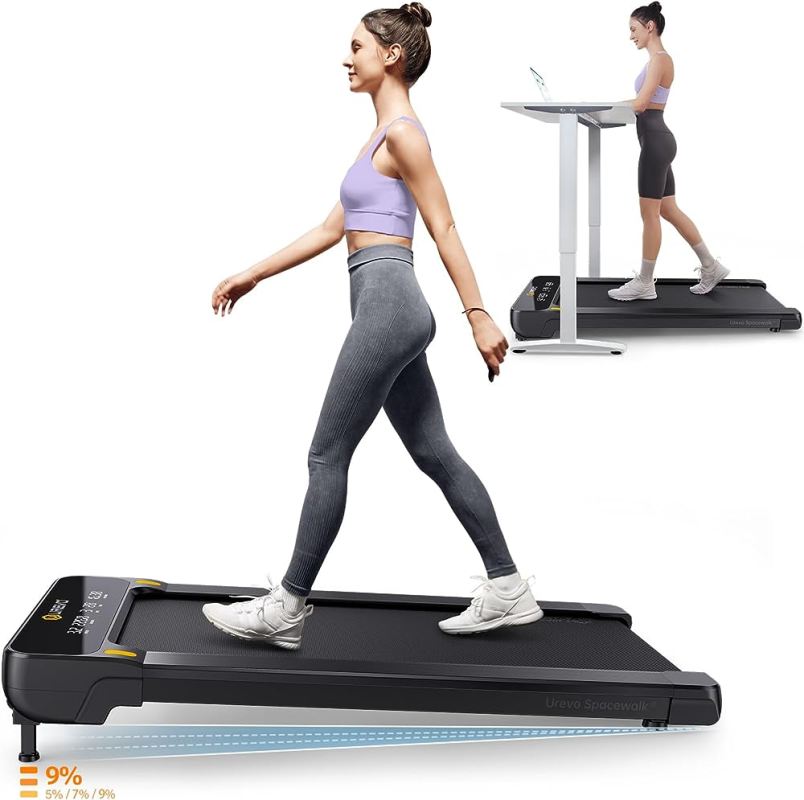
Courtesy Image
As Valverde’s treadmill of choice, the UREVO incline under-desk treadmill can go up to nine percent incline so you can feel the burn in your glutes while sending emails.
[$450; amazon.com]
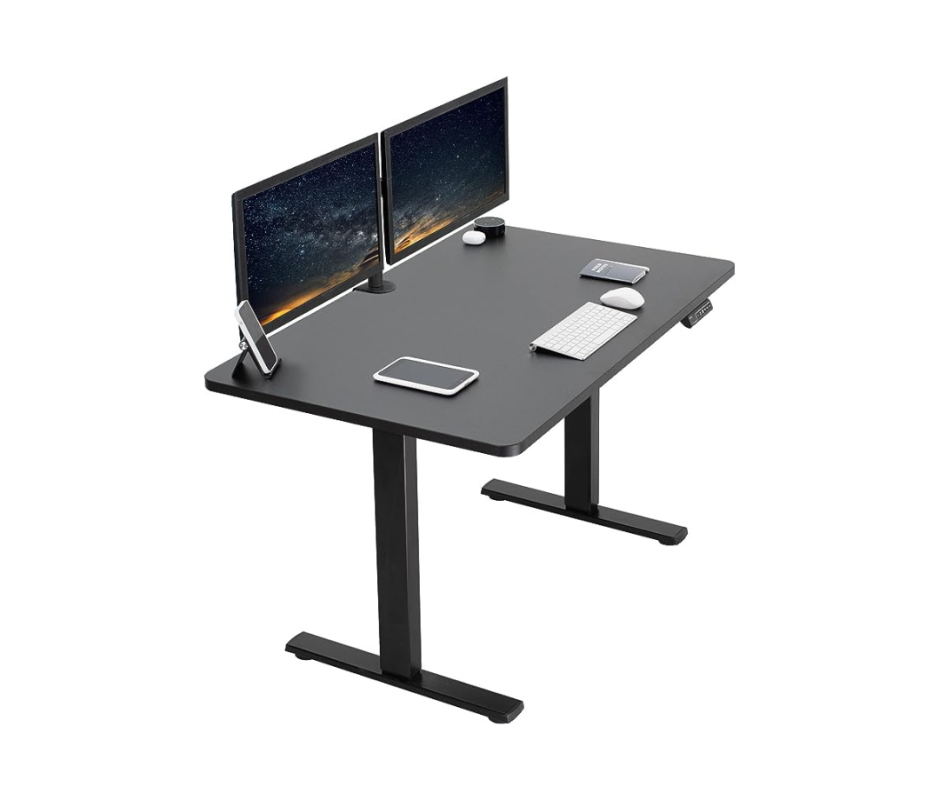
Courtesy Image
Valverde’s standing desk of choice is a little pricier than the basic models. However, it’s made of steel, which makes it a sturdier choice than less expensive competitors.
[$230; amazon.com]
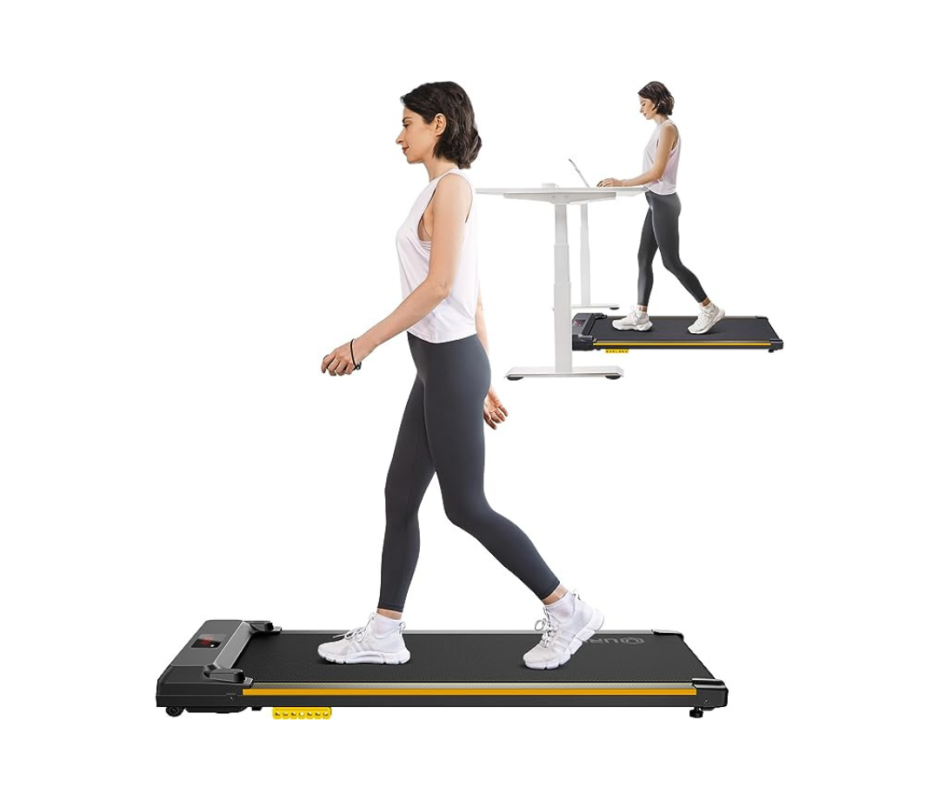
Courtest Image
Though the UREVO walking pad doesn’t have an incline, it’s a good purchase if you’re looking to get started with Valverde’s training method.
[$180; amazon.com]
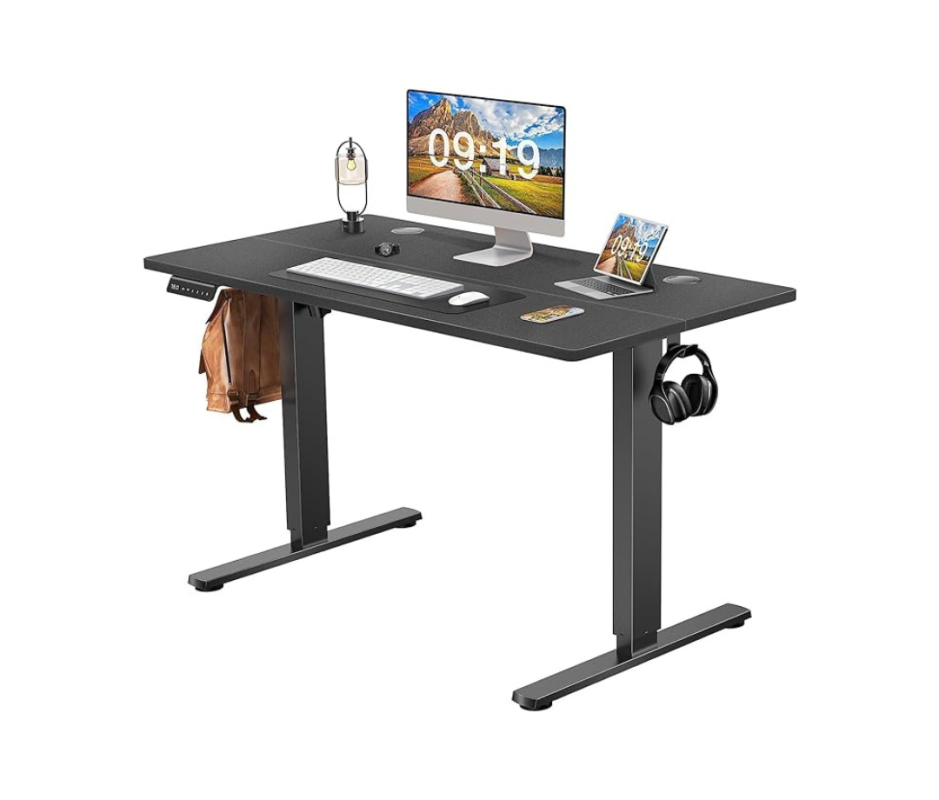
Courtesy Image
This standing desk is a no-frills product to help you get started on your work-from-home fitness journey. It comes in a few different colors, too.
[$120; amazon.com]
Related: 4 Treadmill Workouts for Anyone
[ad_2]
Source link


